If you’ve spent a night under the stars in one of NSW’s national parks lately, you’re not alone. With 1.8 million overnight stays and over 50 million visits a year, our national parks are copping a serious workout, and now, the NSW National Parks and Wildlife Service (NPWS) reckons it’s time for a change.
A new proposal aims to completely overhaul how camping fees are structured across the state, and if it goes ahead, it could change how you plan your next 4X4 getaway. From free remote bush camps to premium beachfront stays, the new tiered system is designed to make pricing clearer, fairer, and, hopefully, help sort out some of the long-standing campground gripes.
So what’s actually being proposed? And what does it mean for those of us who camp with a 4X4, a rooftop tent, and a bit of red dust in the veins?
Let’s break it down.
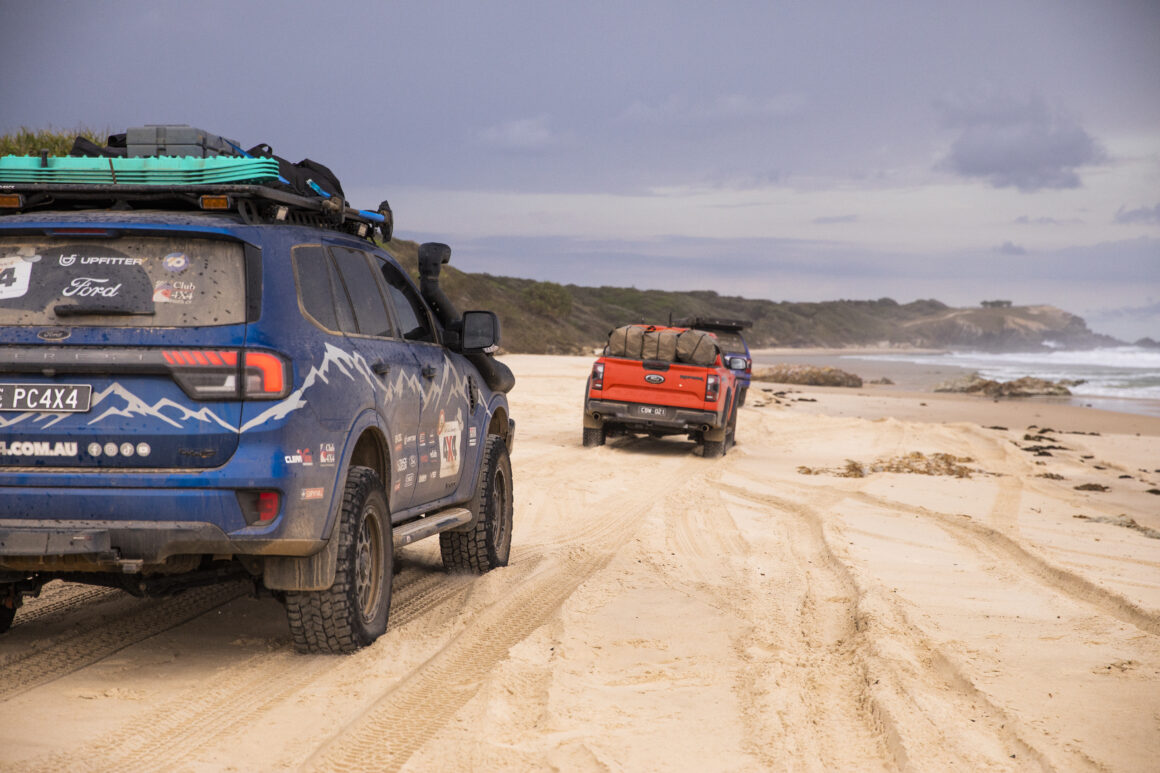
The Big Picture
NPWS has dropped a consultation paper that outlines a full revamp of the camping fee structure. The current system, where fees are set individually for each campground and often include a mix of site fees, per-person charges, and booking fees, hasn’t had a serious review since 2017.
The new proposal introduces a tiered system, with six categories of campgrounds based on the facilities available and the level of demand.
Here’s the gist:
- Tier 1: Free, minimal facilities, remote bush-style camping
- Tier 2-5: Increasing levels of facilities — pit toilets, barbies, shelters, flush loos, cold showers
- Tier 6: The works — hot showers, camp kitchens, high visitor demand
Most campgrounds would sit in Tiers 2 to 5. Prices would also vary between low and high season, depending on location — so summer on the coast would be high season, but that same coastal site in winter could be a bargain.
Good News First: Some Camps Will Be Free
Yep, free.
Tier 1 sites — typically the remote, hike-in or drive-in bush spots with minimal servicing — won’t cost a cent. No booking fees, no per-person charges. Just pack the swag and roll in. Think of it as a nod to old-school bush camping, and for many 4WDers chasing solitude and self-sufficiency, this is a big win.
You won’t need a booking for Tier 1 camps either. But NPWS still encourages a trip intention form, which isn’t a bad idea in remote areas.
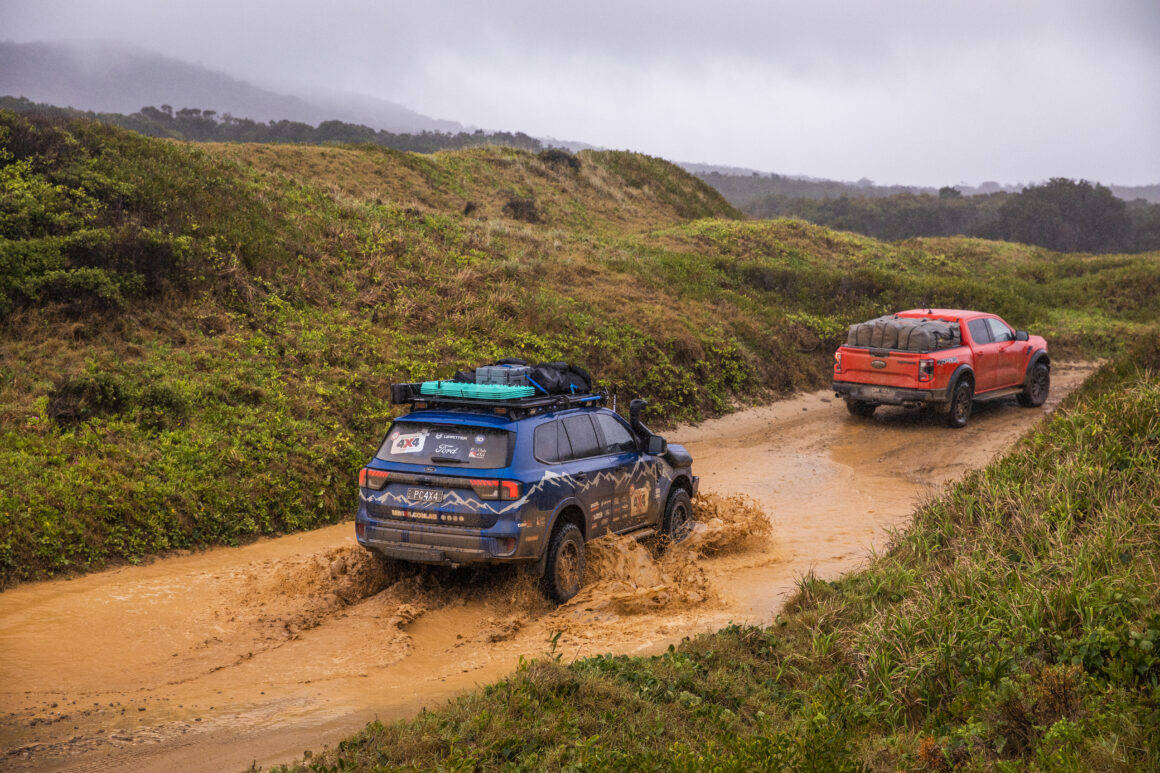
Simplified Fees, but Some Increases Too
For everything else (Tiers 2 through 6), the fee structure will be simplified: a flat fee per site, per night. No more surprise extras for additional people. One site will cover up to six people, including four adults. There’ll also be smaller sites for solos and couples at a discounted rate.
But, and it’s a big but, prices are going up in many places, especially in high-demand, high-facility campgrounds. That same beachfront campground that currently costs $68 a night for a family of four? Under the new system, it’ll be $89 in peak season. That’s a fair hike, though you’ll only pay $54 in the off-season.
NPWS says this extra coin is going straight back into maintaining and upgrading campgrounds. Things like cleaner loos, better signage, more ranger presence, and improvements to accessibility and infrastructure.
Cracking Down on Ghost Bookings
One of the big motivators for change is tackling “ghost bookings” people who book multiple sites, don’t show up, or fail to cancel. If you’ve ever rocked up to a half-empty campground only to be told it’s “fully booked,” you’ll know the frustration.
The proposed refund policy aims to fix this:
- Cancel 3+ days out? You’ll get up to 80% back.
- Cancel closer than that? You’ll still get 50%.
- Total no-show? That’s on you.
- Park closes due to an emergency? Full refund.
The idea is to make it easy to change plans, and harder to hog campsites for no reason.
Why It Matters for 4X4ers
For most of us, our 4X4s are a ticket to freedom. Finding those hidden corners, bush camps, coastal tracks, or alpine rivers that are far from the crowds. The good news is the new system doesn’t penalise that kind of travel.
Free remote sites are still on the cards, basic sites get a price drop, and premium sites will cost more. But at least now you’ll know what you’re getting. And the fact there’s no per-person fee means it’s still affordable to travel with mates or the whole family.
Plus, if it leads to better upkeep, cleaner toilets, fewer no-shows, and more ranger presence for the ratbags, that’s something most of us can get behind.
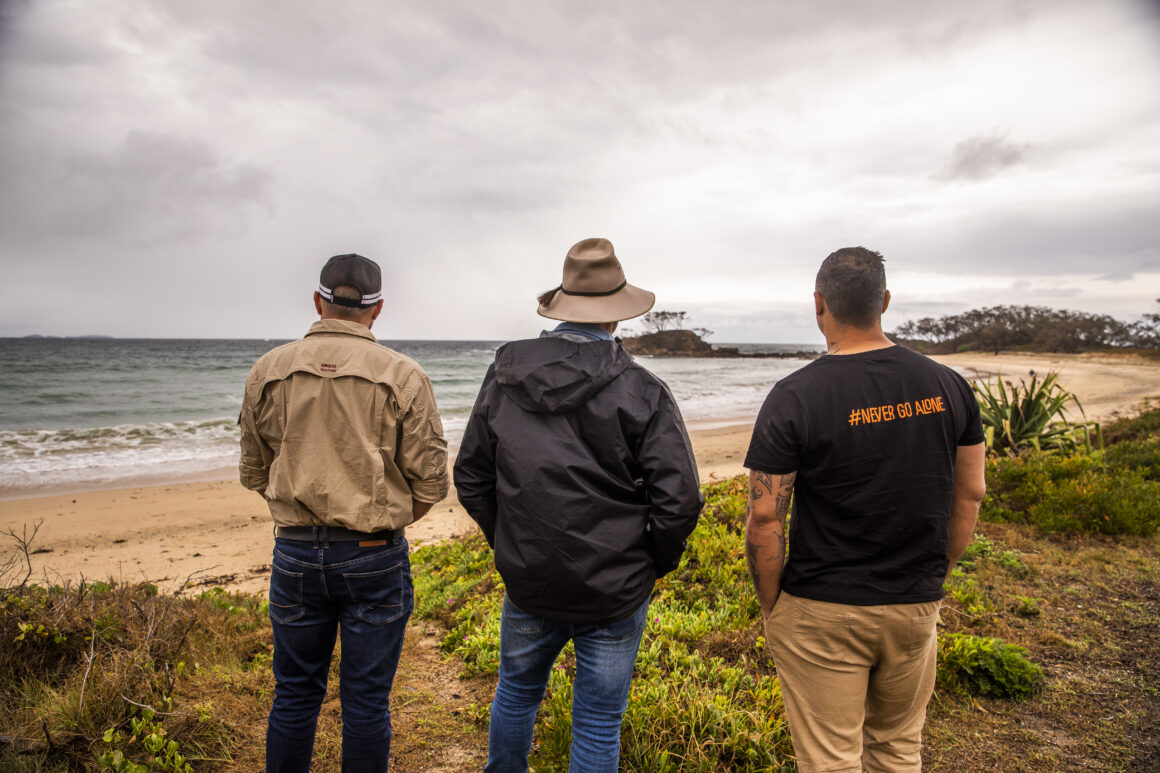
The Catch? It’s Not Locked In Yet
This is still a proposal, and NPWS is asking for public feedback until May 25, 2025.
So if you’ve got strong feelings, whether you think this is a great move, or you’re worried it’ll price people out of national parks, now’s the time to speak up.
Final Thoughts
On paper, this looks like a good step forward. It tidies up a confusing system, rewards flexibility, and encourages better behaviour in campgrounds. Yeah, some fees are going up, but if the improvements follow, it’s a fair trade.
We’ll be keeping a close eye on how it plays out. Because as more Aussies hit the road in decked-out 4X4s chasing the next great camp spot, our national parks need a system that works, not just for today, but for the long haul.
And hey, if a few free bush camps stay on the map? You won’t hear us complaining.



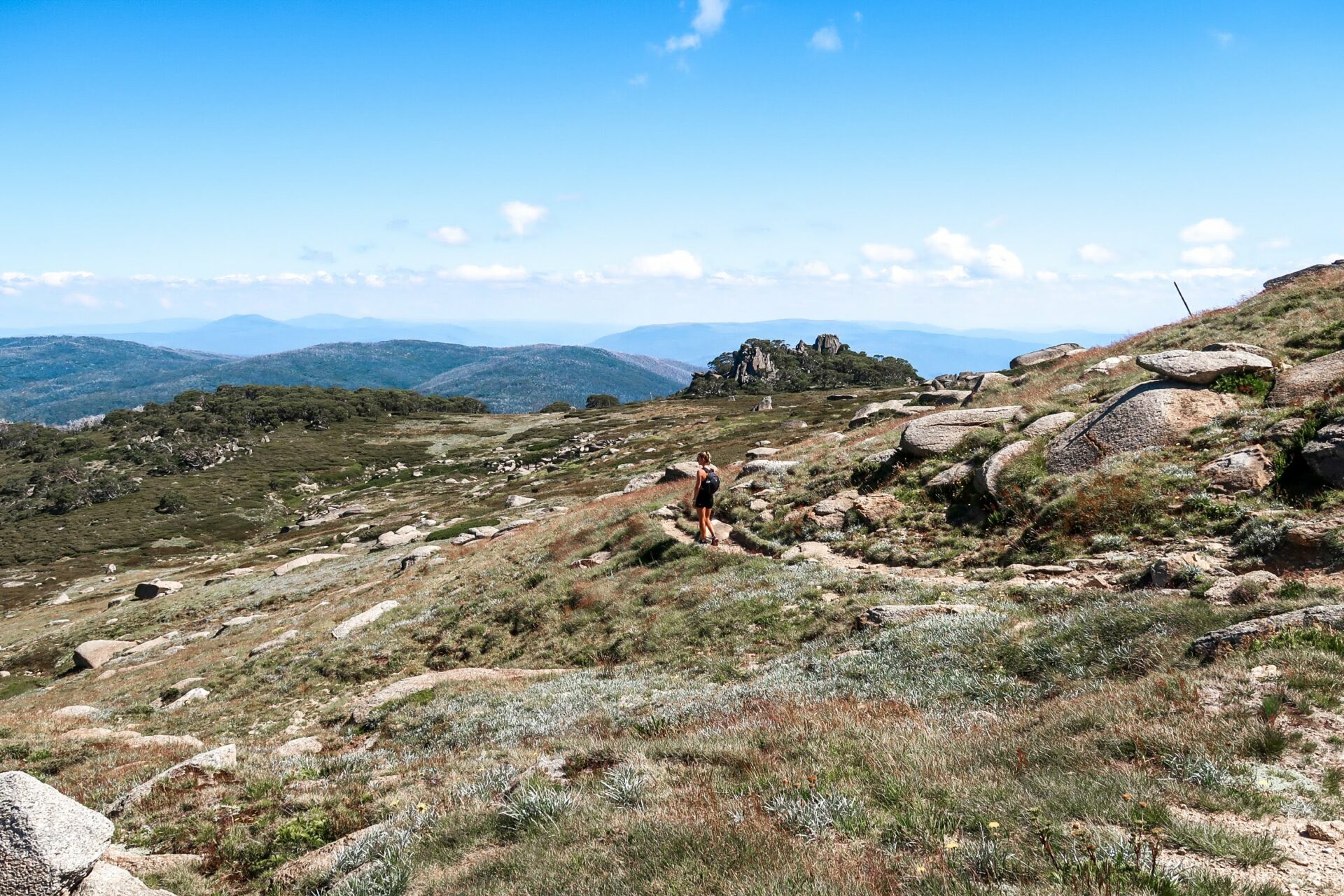
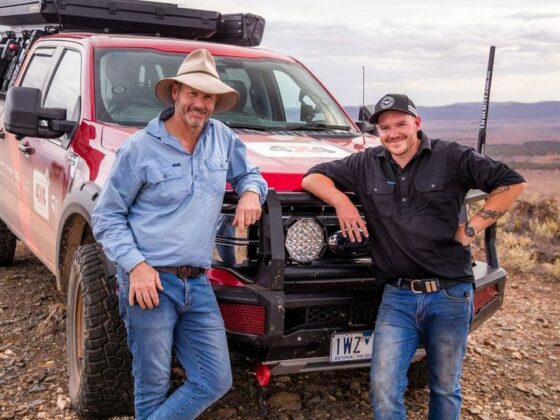
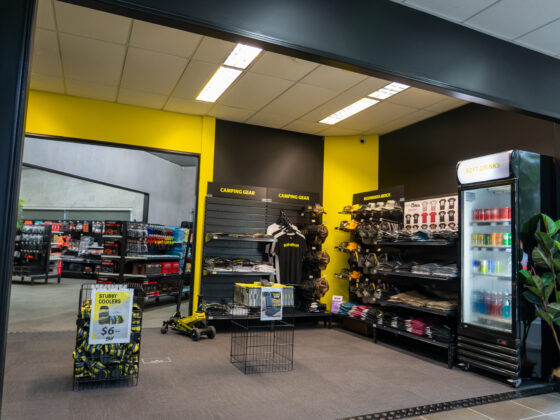




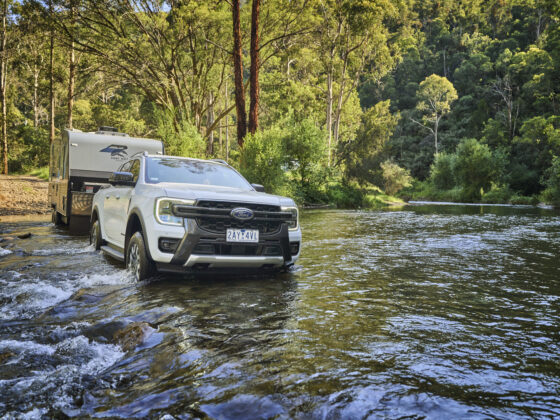


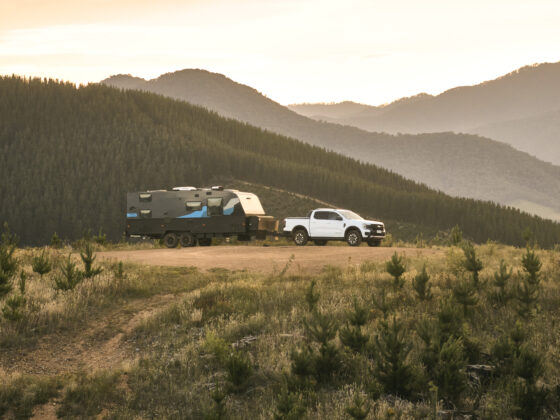
1 comment
We all pay for the nat. parks with our taxes — then we have to pay for a nat. parks entry in many cases — then again, they have their hand out for more payment to stay at a campsite — talk about DOUBLE DIPPING !